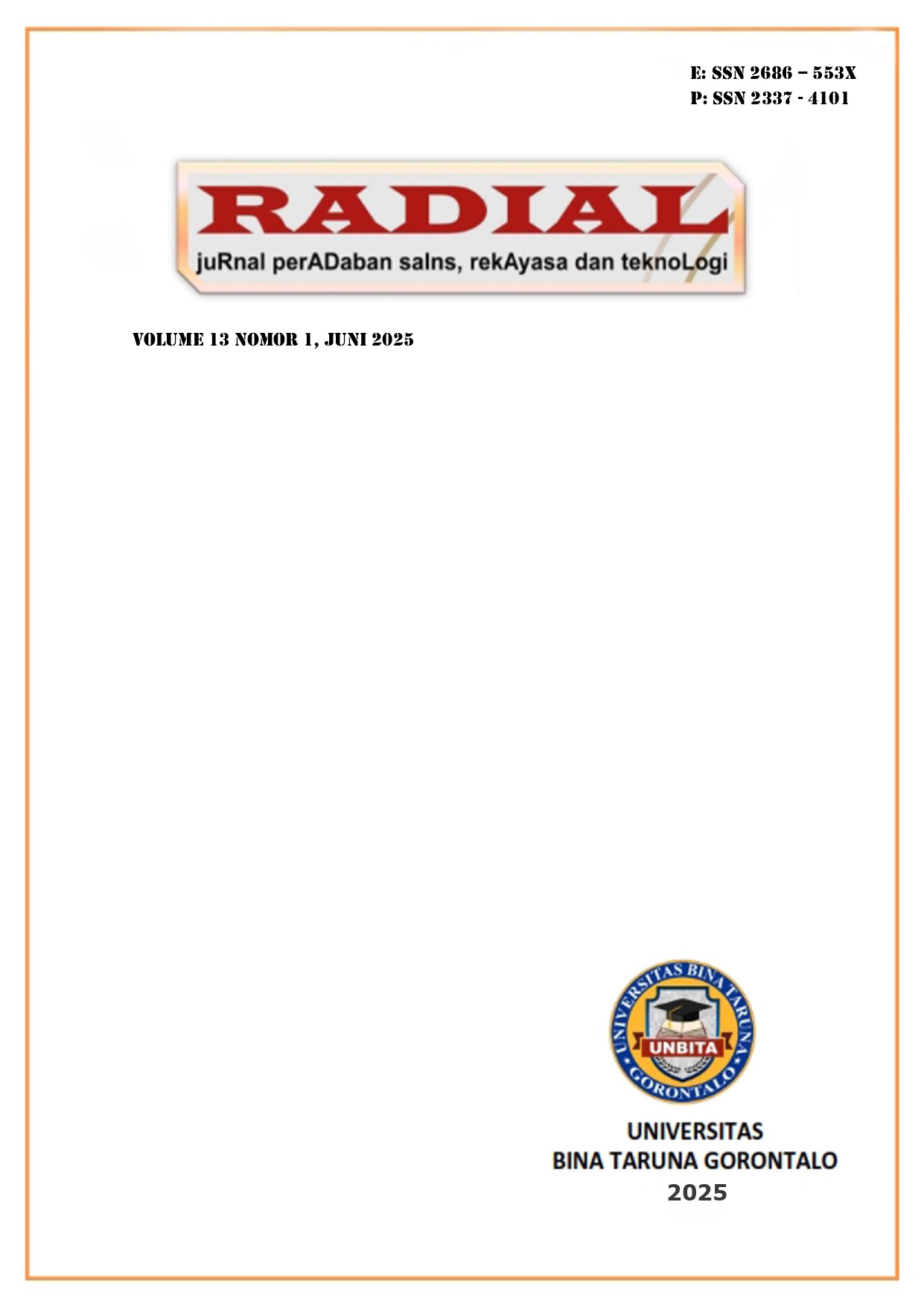ARSITEKTUR IKONIK SEBAGAI REPRESENTASI IDENTITAS KOTA PENYANGGA IKN: STUDI KASUS PADA GALERI UMKM BALIKPAPAN
DOI:
https://doi.org/10.37971/radial.v13i1.507Keywords:
Iconic Architecture, Landmark, Urban Identity, Supporting City, Balikpapan, IKN, Public BuildingAbstract
This study aims to examine the role of public buildings as city landmarks in strengthening Balikpapan’s identity as a supporting city for the new capital of Indonesia (IKN) in East Kalimantan. In this context, the Balikpapan UMKM Gallery, strategically located in front of Sultan Aji Muhammad Sulaiman Airport, is selected as a case study of iconic architectural design expected to represent the city’s identity. The research employs a descriptive-qualitative approach, utilizing data collection techniques such as field observations, literature review, interviews, and questionnaires distributed to the general public and professionals. The assessment is based on five landmark criteria: visual dominance, memorability of design, integration with the surrounding environment, symbolism, and durability over time. The results indicate that the UMKM Gallery fulfills most of the criteria for iconic architecture, particularly in terms of visual and symbolic aspects. However, shortcomings remain in its environmental integration and material durability. This study emphasizes the significant role of architecture in shaping urban identity and the urgent need for contextual and sustainable design planning to support regional transformation toward the new capital.
References
Alawadhi, R., Babu, D. A. M., Thapliyal, H. M., & Bhatia, H. (2023). The image of the city. International Journal of Civil Engineering and Architecture Engineering, 4(1), 01–04. https://doi.org/10.22271/27078361.2023.v4.i1a.22
Jencks, C. (2006). The iconic building is here to stay. City, 10(1), 3–20. https://doi.org/10.1080/13604810600594605
Laparaga, K. O., Wikantari, R., & Radja, A. M. (2023). Arsitektur Hunian Suku Bajo Desa Torosiaje Dari Perspektif Kearifan Lokal Budaya Bermukim. RADIAL: Jurnal Peradaban Sains, Rekayasa Dan Teknologi, 11(1), 198–212.
Norberg-Schulz, C. (1979). Towards a Phenomenology of Architecture -Rizzoli (p. 213). https://marywoodthesisresearch.files.wordpress.com/2014/03/genius-loci-towards-a-phenomenology-of-architecture-part1_.pdf
Rachmadyanti, R. (2024). KAJIAN PELESTARIAN BANGUNAN CAGAR BUDAYA MASJID HUNTO SULTAN AMAY GORONTALO. 12(1), 67–84.
Seamon, D., & Sowers, J. (2008). Place and placelessness (1976): Edward Relph. Key Texts in Human Geography, January 2008, 43–52. https://doi.org/10.4135/9781446213742.n5
Sklair, L. (2010). Iconic Architecture and the Culture-ideology of Consumerism. Theory, Culture & Society, 27(5), 135–159. https://doi.org/10.1177/0263276410374634
Whyte, W. (1980). 1980_Whyte_Small_Spaces_Book.


































